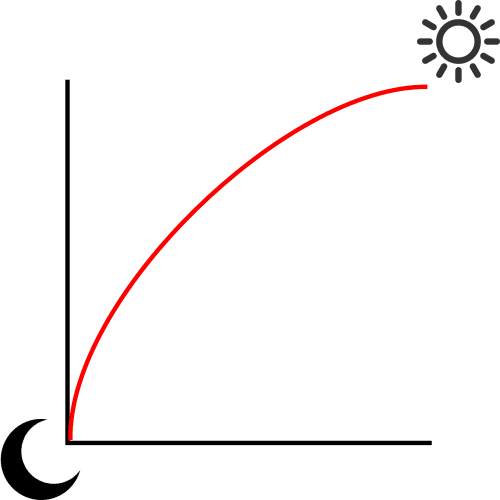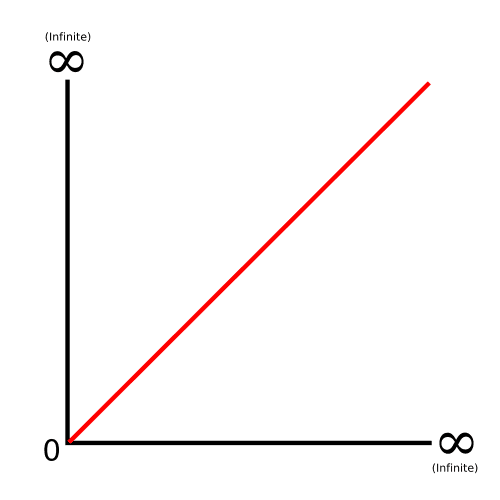Display Referred
Display Referred means the images being manipulated are immediately transformed into the colour space (for example Rec. 709) of the displays being used to perform the image manipulations, restricting the image colour and dynamic range available during the creative manipulation process.
Our own visual system is tuned to shadows and the mid range and tends to ignore highlights and brighter parts of the scenes we are looking at. Eyes are not as attuned to noticing subtle shifts at the darkest and lightest ends of luminance. As a result we perceive shadows and dark objects as brighter than they actually are. Because of this most monitor are only using part of brightness range to show shades and hue. This is part of the gamma process that makes images on screens look natural and this is “Display Referenced”.
Because a display has a limited ability to display luminance, by applying this gamma curve to color information, display monitor limits the amount of “wasted” data representing light and dark that eye can’t perceive anyway. And in turn, “saves” this limited luminance information for the middle of the color spectrum where are eyes are more attuned to inaccuracy.
If you think of a typical video workflow, you shoot footage outdoors in sunlight or with the assistance of additional lighting, and the contrast (or “dynamic range”) between the brightest light and darkest shadow is considerable. However, a typical television does not have nearly the dynamic range available on a set, so the final image will inevitably be displayed with reduced contrast and potentially altered colors. As a result, when you shoot a scene on (for example) a high definition camera, it’s output – which is in the HDTV Rec. 709 color space – will be “tone mapped” (have its dynamic range reduced) by a high definition television to be displayed in its own sRGB color space. A side effect of this is that the image will typically appear darker on TV than it was on the set.
Scene Referred
Scene Referred simply means the image data is maintained in a format that as closely as possible represents the original scene, without effective restriction on colour or dynamic range. If we remove the cameras gamma curve and just record the data coming off the sensor we are recording a measurement of the true light coming from the scene just as it is. Scene Referred Space describes the lighting conditions recorded by a camera in a scene.
Scene Referred is also often in linear Light, which while suitable for computer graphic rendering, is not suitable for grading workflows. The process used to get images into Scene Referred space is to undo the gamma applied and reverse engineer it back into Scene Referred space.


